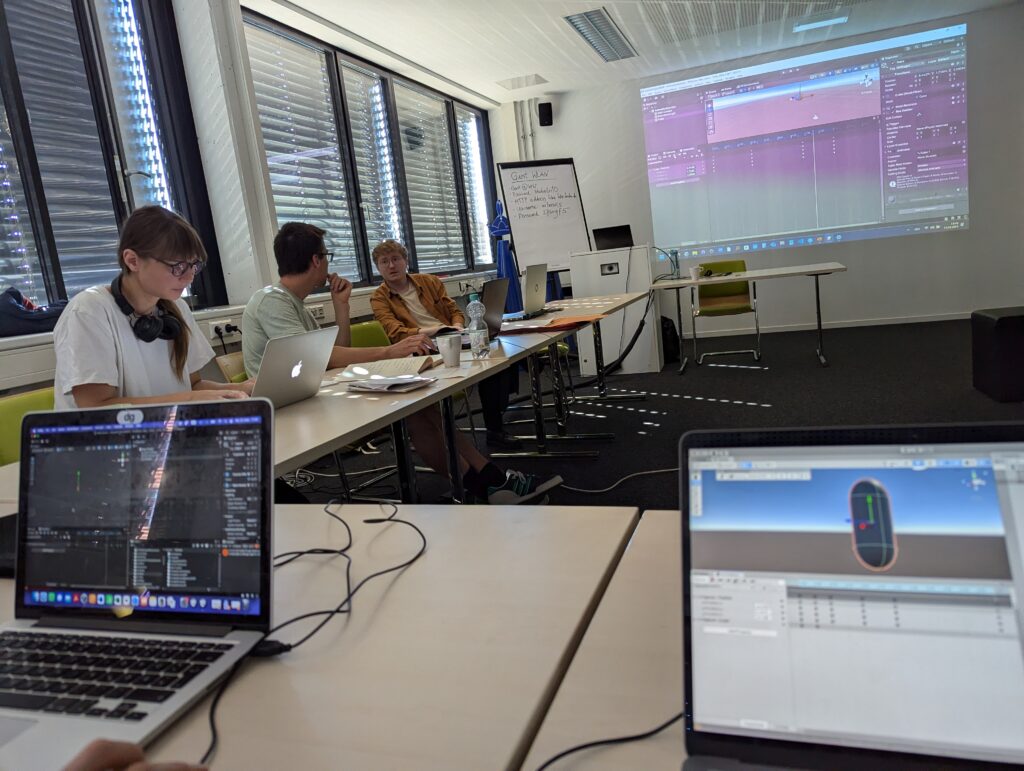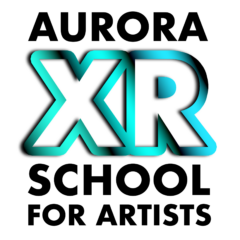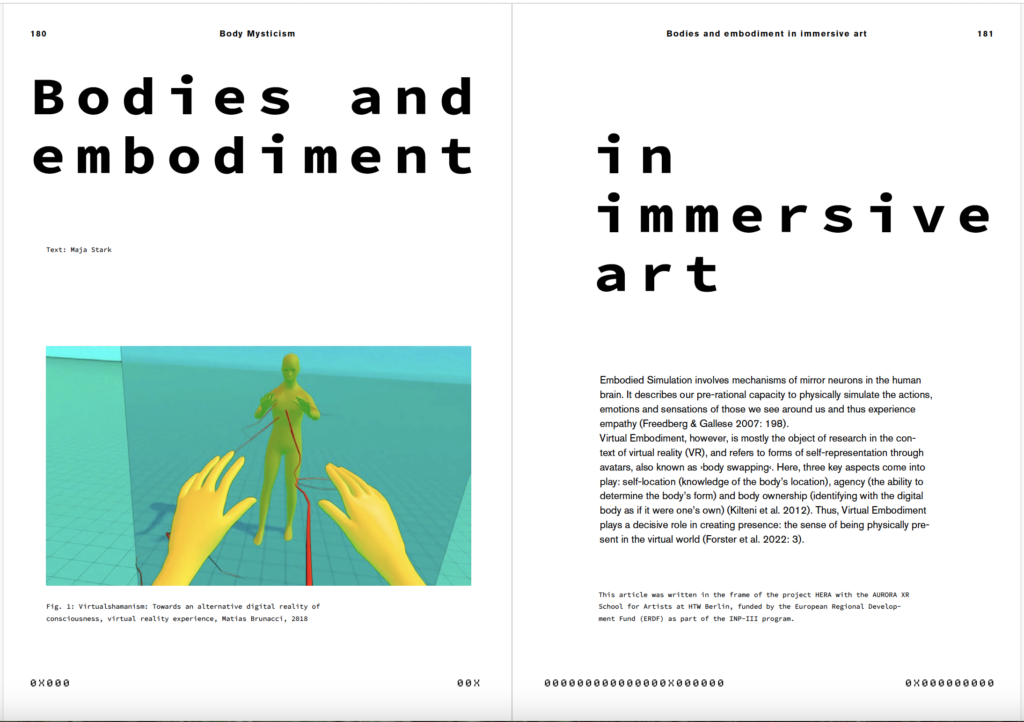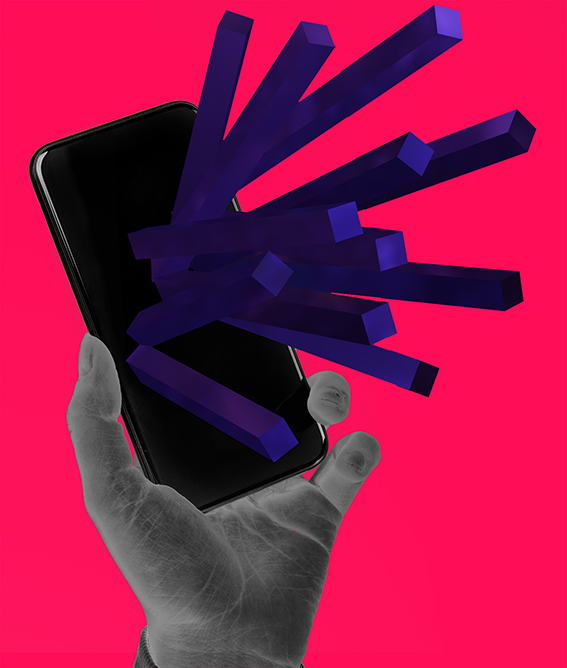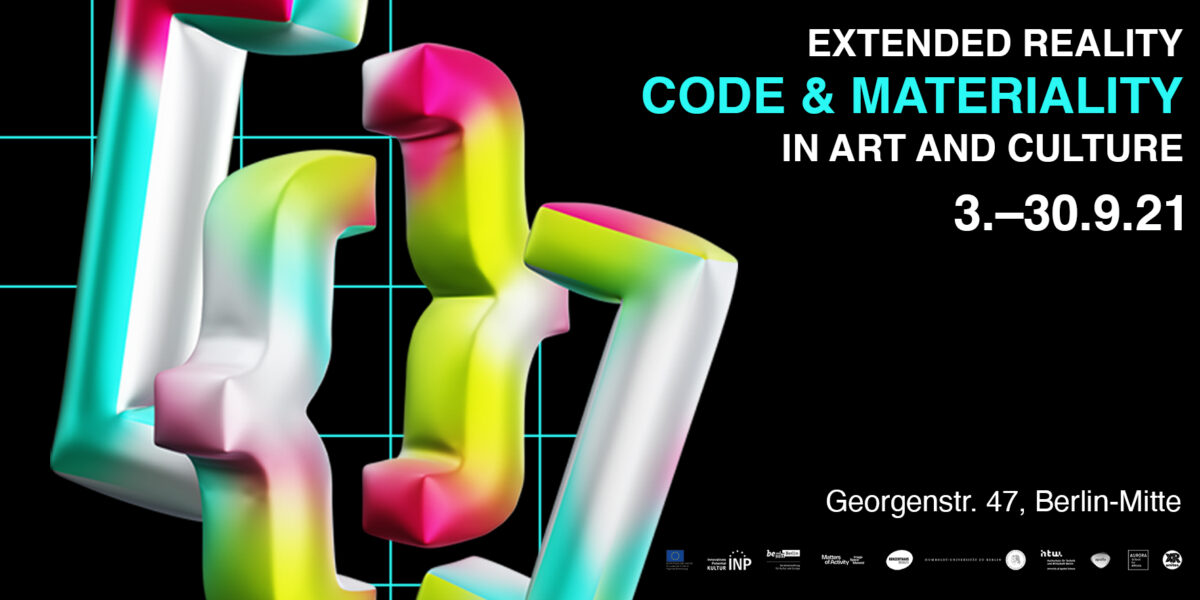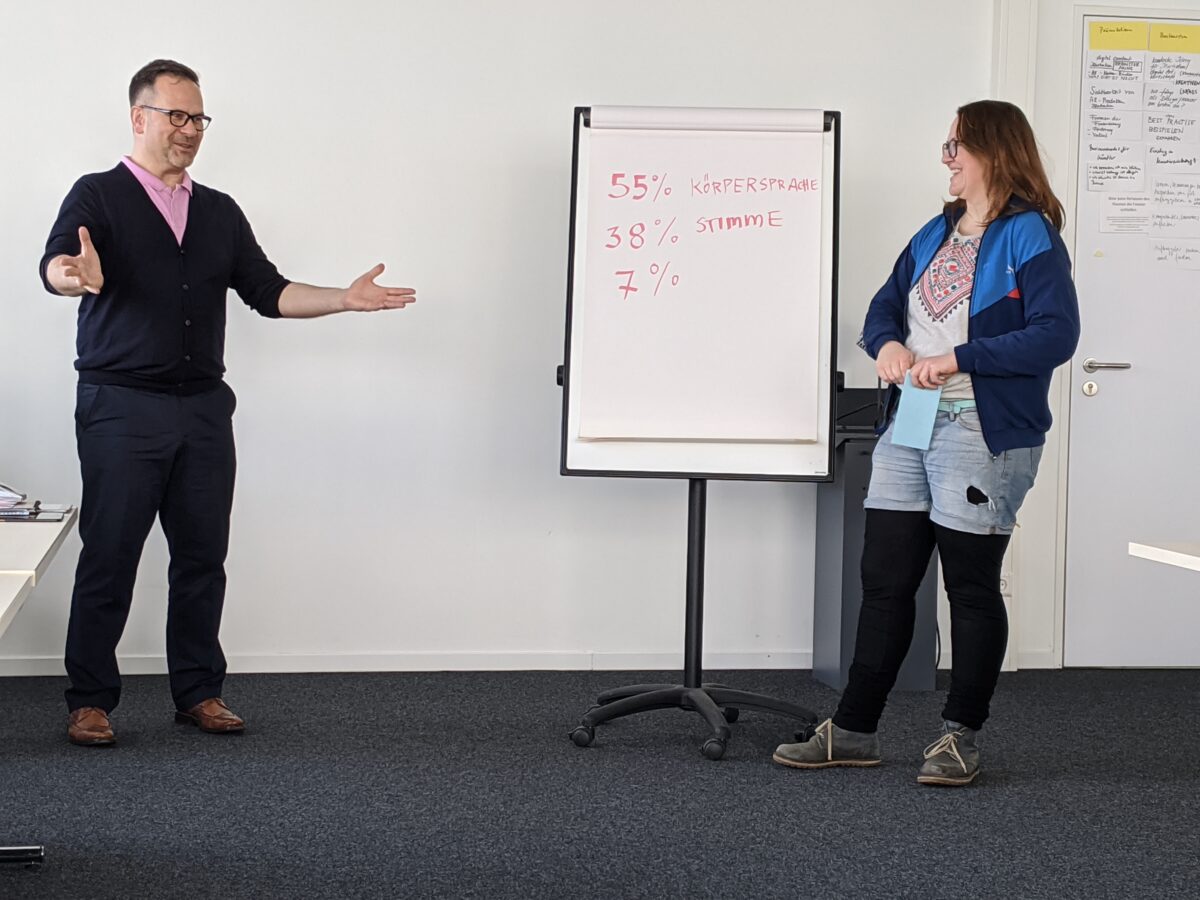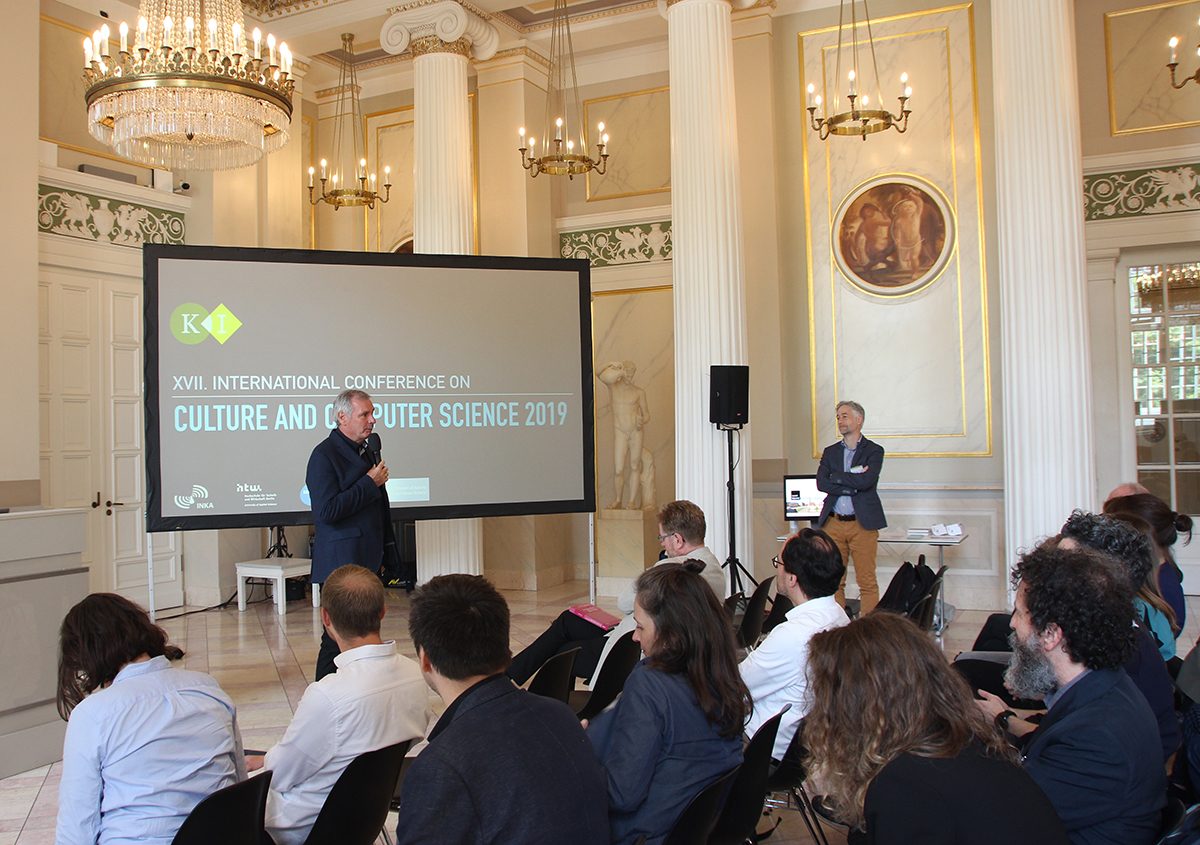Zum sage und schreibe siebzehnten Mal fand in diesem Jahr die Tagung Kultur und Informatik (KuI) statt – sie ist damit eine Pionierin auf einem Feld, das inzwischen durch zahlreiche Festivals, Kongresse und immersive Showrooms bespielt wird. Stetig perfektionierte Technologien, aber auch das Mitwirken durch Kreative geben diesem Trend neuen Aufwind. Ob High-Tech in der Archäologie, skalierbare Avatar-Orchester oder Augmented-Reality-Kunst: Was vor einigen Jahren noch Zukunftsmusik war, wurde im Konzerthaus Berlin anhand konkreter Fälle präsentiert und diskutiert.
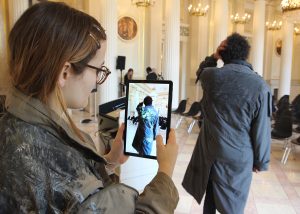
Auch personell ist eine Veränderung zu vermelden: Carsten Busch, bisher Mitorganisator der Tagung, hat zwar das Programm gemeinsam mit Jürgen Sieck und Christian Kassung noch einmal mit konzipiert; als neuer Präsident der Hochschule für Technik und Wirtschaft (HTW) Berlin sprach er nun aber ein gesondertes Gruß- und – in Hinblick auf sein Engagement bei der KuI – zugleich Abschiedswort. Seine Rolle im Rahmen der KuI übernimmt Johann Habakuk Israel.
Recht schnell stellte sich bei der zweitägigen Veranstaltung heraus, dass die sich rasant entwickelnden technologischen Möglichkeiten nicht nur dazu führen, dass besonders Virtual- und Augmented-Reality-Anwendungen inzwischen zum festen Repertoire von Kunst, Kultur und Forschung zählen. Auch bringt die Digitalisierung einen sich bereits seit einigen Jahren abzeichnenden Paradigmenwechsel in Hinblick auf unser Verständnis des Realen und Digitalen mit sich:[1] Das Digitale wird zunehmend nicht länger als Gegenpol, sondern als Bestandteil des Realen begriffen. Tagungsteilnehmende wie der Keynote-Speaker Nicolo Dell’Unto aus Lundt (Schweden) erklären auch Virtual Reality entsprechend vehement als Teil unserer Wirklichkeit, die etwa analoge Kulturtechniken nicht ersetzt, sondern diese sinnvoll erweitert – in der Archäologie insbesondere zur Visualisierung und Erfahrbarmachung von Inhalten, die in einer physischen Umgebung kaum darstellbar sind.
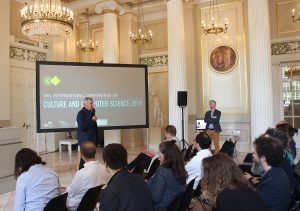
Ein Avatar-Orchester stellte Stephan Frucht vom Siemens Arts Program in seiner Keynote des zweiten Konferenztages vor – eine Anfang diesen Jahres fertiggestellte Augmented-Reality-Anwendung, die mit dem bekannten Virtuellen Quartett der Forschungsgruppe APOLLO für das Konzerthaus Berlin von 2017 vergleichbar ist, jedoch mit skalierbaren 3D-Modellen der Musizierenden arbeitet. Die Anwendung ist beeindruckend, bietet im Unterschied zum Virtuellen Quartett jedoch den Nachteil, dass sie aufgrund des Datenumfangs nicht in den gängigen Stores veröffentlicht werden kann.
Im kulturellen Bereich immer wichtiger wird derweilen die Nutzung von Photogrammetrie zur Digitalisierung von Artefakten (Vortrag Verdiani/Ricci/Pasquali, Florenz). Über Virtual Reality können diese erfahrbar gemacht werden, doch bleiben Herausforderungen wie die Interaktion im virtuellen Raum. Die Entwicklung neuer Möglichkeiten und etablierter Standards wird in der Virtual wie auch in der Augmented Reality (AR) zum Desiderat (vgl. Vortrag Katifori/Kaklopoulou/Roussou, Athen). Auch ein einfach zu handhabendes Autorensystem, das durch eine intuitive grafische Oberfläche das Erstellen von Augmented-Reality-Apps etwa für Kunstschaffende ohne Informatik-Hintergrund ermöglicht, ist bisher noch nicht auf dem Markt. Als Gratis- und Open-Source-Alternative zur von Adobe angekündigten Software Aero stellten Julien Letellier und Denise Bischof ihr in Entwicklung befindliches System ARtemis vor, das seitens des Publikums auf großes Interesse stieß.
Das Storytelling für Virtual- und Augmented-Reality-Anwendungen in Kunst und Kultur bietet, so ließ sich weiter beobachten, ein wachsendes Betätigungsfeld für Kreative wie Drehbuchautor_innen (vgl. gleichnamige Session). Ebenfalls für virtuelle Realitäten werden im volumetrischen Videostudio des Heinrich-Hertz-Instituts (Vortrag Schäfer u.a., Berlin) sich natürlich bewegende, dynamische 3D-Modelle erstellt, die in virtuellen Welten von beliebigen Blickpunkten betrachtet werden können – und dabei pro Minute etwa 2 Terabyte an Daten erzeugen! Datenfluten waren auch das Thema des Vortrags von Siekański und Kolleg/innen aus Warschau bzw. Wilanów in Polen: Gerade multidisziplinäre Forschungsvorhaben erfordern oft einen weiten zeitlichen Horizont zur Realisierung der Teilprojekte. Die Vortragenden zeigten, wie Augmented Reality genutzt werden kann, um verschiedene Filter zur Betrachtung von Datenpunkten zu aktivieren. So lässt sich neben der räumlichen dreidimensionalen Darstellung von Daten beispielsweise auch die zeitliche Dimension nutzen, um die Datenflut zu minimieren.
Wer kennt Assassin’s Creed? Besonders das computerspiel-affine Publikum war gespannt auf den Abendvortrag zu Assassin’s Creed Odyssey, der neuesten Folge dieser Action-Adventure-Serie, in dem Stéphanie-Anne Ruatta und Jonathan Dumon von Ubisoft Quebec einen Blick hinter die Kulissen gewährten. Der Fokus lag auf der Vermittlung historischer Authentizität im Spiel – einem Prozess, für den Geschichtsforschung und Spieleentwicklung eng kooperieren und um bestmögliche Kompromisse ringen.
Die Hands-on-Session hat sich inzwischen als festes Format im Rahmen der Konferenz bewährt. An fünf Ständen im Beethoven-Saal und im Foyer des Konzerthaus bot sich die Möglichkeit, in virtuelle Welten einzutauchen. Pablo Dornhege von der Universität der Künste stellte beispielsweise eine Installation vor, über die sich das UNESCO Kulturerbe von Wadi Al Helo in Schardscha (Vereinigte Arabische Emirate) besichtigen lässt – die Fortbewegung im virtuellen Raum vollzieht sich in Anspielung auf arabische Märchen über einen fliegenden Teppich. Auch die digitale Ausstellung im Konzerthaus Berlin greift auf Virtual Reality zurück – hier sind es Architektur und Historie des Gebäudes, die virtuell auch dort erschlossen werden können, wo die Säle für gewöhnlich nicht zugänglich sind. Im Rahmen einer Summer School an der Namibian University for Science and Technology in Windhoek haben Studierende namibianische Kinderbücher augmentiert – die besten Ergebnisse wurden ebenfalls vorgestellt. Nicht zuletzt war Augmented-Reality-Kunst aus der AURORA School for ARtists ausgestellt – darunter ein Teppich von Banz & Bowinkel, auf dem Avatare ein Eigenleben führen, eine auch über Augmented Reality mit Nähe und Distanz spielende Zeichnung einer Badenden von Bianca Kennedy sowie ein um Licht und Zeit erweitertes Akrylgemälde von The Swan Collective. Die erweiterte Kunst, begleitende Texte sowie auch alle anderen Konferenzbeiträge sind im Tagungsband zu finden, der wie jedes Jahr im Print erschienen ist und auf Anfrage gern auch digital zugesandt wird.
[1] Vgl. etwa Tom Boellstorff (2016): For Whom the Ontology Turns: Theorizing the Digital Real. In: Current Anthropology, 57/4, S. 387–407.
